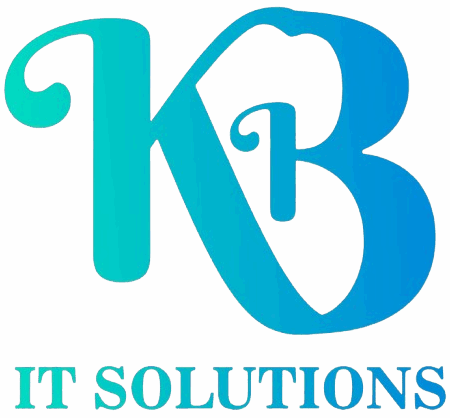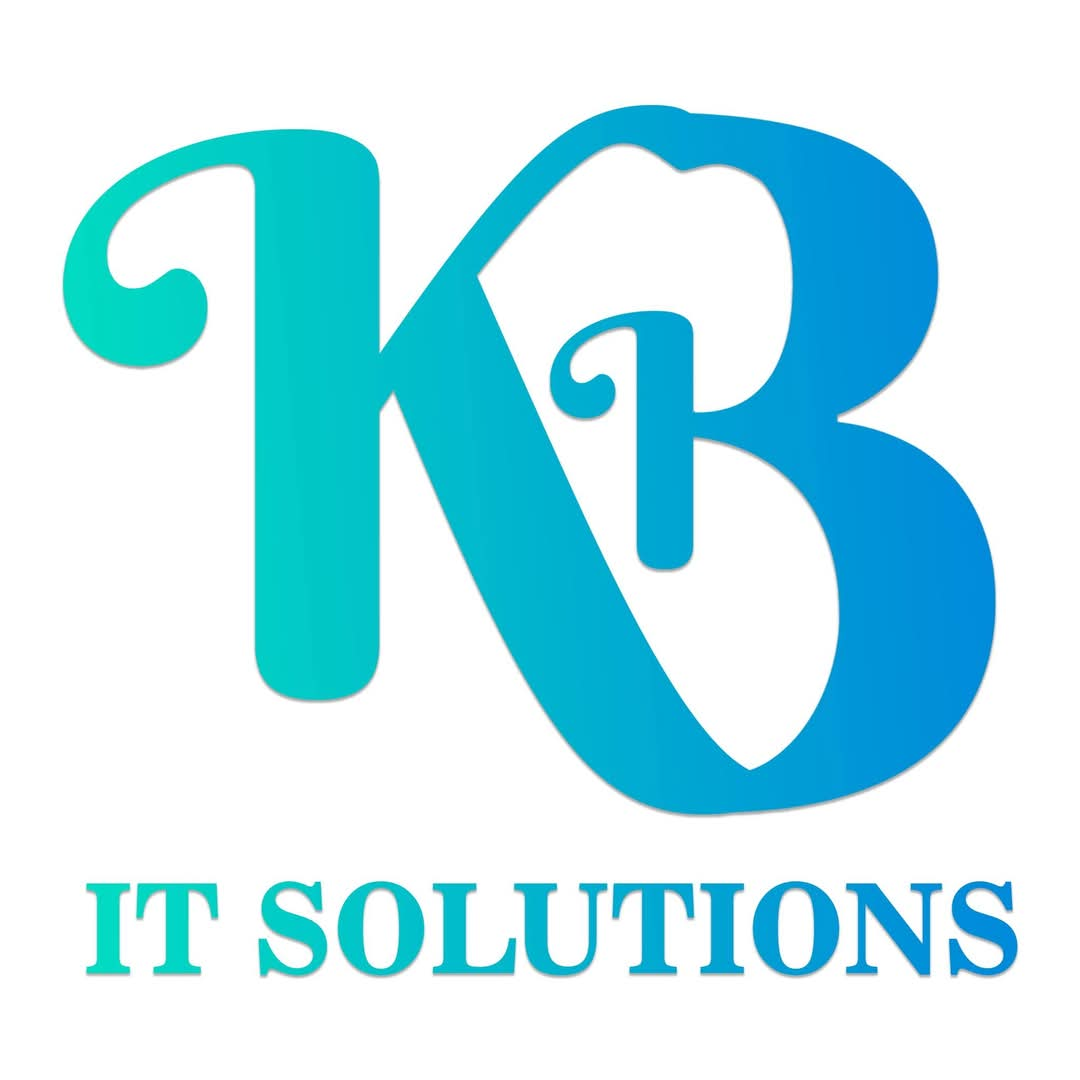Introduction to ServiceNow
What is ServiceNow?
- Overview of ServiceNow as a cloud-based platform
- Introduction to its role in IT Service Management (ITSM), IT Operations (ITOM), and business automation
Key Features & Benefits
- Benefits of using ServiceNow: agility, scalability, cost-efficiency
- Key features such as ITIL best practices, automation, and a unified platform
ServiceNow Architecture & Cloud Model
- Understanding the cloud-based architecture of ServiceNow
- Components of ServiceNow architecture: Frontend (UI), Middle layer (App Server), Backend (Database)
ServiceNow Application Site Overview:
- ITSM (IT Service Management)
- Incident, Problem, and Change Management
- ITOM (IT Operations Management)
- Service mapping, discovery, and event management
- ITBM (IT Business Management)
- Project portfolio management and financial planning
- HRSD (Human Resource Service Delivery)
- Automating HR workflows and employee lifecycle
- CSM (Customer Service Management)
- Enhancing customer experience and service requests
ServiceNow Navigation & User Interface
Logging into ServiceNow
- Step-by-step guide to logging in to your ServiceNow instance
Understanding the Homepage & Global Search
- Overview of the ServiceNow homepage and layout
- How to use the global search to find records quickly
Application Navigator & Modules
- Navigating through the Application Navigator and accessing different modules
- How to filter and search for modules
Working with Forms, Lists, and Tables
- Creating, customizing, and managing forms
- Working with lists and tables in ServiceNow
Personalizing UI & Dashboards
- How to customize your personal dashboard
- Tailoring your UI based on preferences and roles
ServiceNow Tables & Database Structure
Understanding Tables & Relationships
- Explanation of ServiceNow tables and their relationships (One-to-Many, Many-to-Many)
Creating & Customizing Tables
- Steps to create custom tables and fields
- Modifying table schema and records
Using Dictionary Entries & Fields
- Introduction to dictionary entries, their structure, and role in ServiceNow
- Managing field types and attributes
Reference Fields & Related Lists
- Working with reference fields to link records
- Configuring related lists to enhance data relationships
Incident, Problem, & Change Management (ITSM)
Incident Management: Creating, Updating, Resolving Incidents
- Handling incident lifecycle: creation, updates, and resolutions
- Best practices for incident prioritization
Problem Management: Root Cause Analysis, Known Errors, Workarounds
- How to identify and resolve root causes
- Managing known errors and workarounds
Change Management: Change Requests, CAB Meetings, Approvals
- Overview of the Change Management process
- Managing Change Requests, Change Advisory Board (CAB) meetings, and approvals
Working with Workflows & SLAs
- Setting up workflows for automatic ticket routing
- Configuring Service Level Agreements (SLAs) to ensure compliance
Service Catalog & Request Management
Creating Service Catalog Items
- Steps to design and create service catalog items
- Best practices for catalog item creation and configuration
Designing Record Producers, Order Guides
- Creating record producers to capture data from users
- Designing order guides for complex request submissions
Managing Approvals & Workflows
- Configuring approval workflows for catalog items
- Automating workflows using Flow Designer
Using Flow Designer for Automation
- Introduction to Flow Designer for no-code workflow automation
- Creating automated flows for catalog items and requests
Workflow Automation & Flow Designer
Creating Workflows in Graphical Workflow Editor
- Using the Graphical Workflow Editor to design complex workflows
- Steps to automate tasks and integrate with other applications
Using Flow Designer for No-Code Automation
- Introduction to Flow Designer as a no-code automation tool
- Creating, testing, and deploying flows in ServiceNow
Creating Approvals, Notifications, and SLA Triggers
- Setting up automated approvals and notifications
- Configuring SLA triggers for automated actions
ServiceNow Scripting (JavaScript & Glide API)
Introduction to ServiceNow Scripting
- Overview of scripting languages in ServiceNow: JavaScript and Glide API
Client-Side Scripting:
- Client Scripts: Types (onLoad, onChange, onSubmit)
- UI Policies: Dynamically changing form fields
- UI Actions: Triggering specific actions on the client side
Server-Side Scripting:
- Business Rules: Types and when to use them (Before, After, Async)
- Script Includes: Writing reusable server-side code
- Scheduled Jobs: Automating server-side processes at specific intervals
GlideRecord, GlideSystem, GlideAjax for Database Operations
- Using the GlideRecord API for querying tables and manipulating data
- GlideSystem for system-level operations and GlideAjax for client-server communication
ServiceNow Integration & REST APIs
Understanding IntegrationHub
- Introduction to IntegrationHub for integrating ServiceNow with external systems
Connecting with External APIs (REST/SOAP)
- Setting up REST and SOAP web services in ServiceNow
- Making outbound calls to external APIs
Using MID Server for Secure Integrations
- What is MID Server and how to set it up
- Secure integration with on-premise systems
Automating Workflows with Web Services
- Using web services to trigger and automate workflows
- Integrating ServiceNow with third-party applications
Reporting & Performance Analytics
Creating & Customizing Reports
- Steps to create and customize reports in ServiceNow
- Using filters and report types (Pie Chart, List, Bar, etc.)
Using Performance Analytics Dashboards
- Configuring Performance Analytics for key performance indicators (KPIs)
- Creating and managing analytics dashboards
Creating KPIs & Metrics
- Defining and creating KPIs for service management
- Setting up metrics and measurement widgets for performance monitoring
Scheduling Reports & Email Notifications
- Automating report distribution through scheduled jobs
- Configuring email notifications for report delivery
ServiceNow Security & Administration
Managing Roles, Users, and Groups
- Creating and managing user roles, groups, and permissions
- Best practices for role assignment
Implementing Role-Based Access Control (RBAC)
- Understanding RBAC in ServiceNow
- Configuring access control rules and ensuring data security
Securing Data with Access Controls (ACLs)
- Setting up Access Control Lists (ACLs) to control user access
- Best practices for securing sensitive data
Best Practices for Instance Management
- Instance management guidelines for production and development instances
- Managing updates, patches, and instance configurations
Advanced Topics
CMDB (Configuration Management Database) & Discovery
- Introduction to CMDB: structure, relationships, and benefits
- Using Discovery to populate and maintain the CMDB
Virtual Agent & AI-Powered Chatbots
- Implementing Virtual Agent for automated user interactions
- Creating AI-powered chatbots for customer support
IT Asset Management & Software Licensing
- Managing IT assets and software inventory
- Automating asset lifecycle management
Upgrading & Maintaining ServiceNow Instances
- Steps to upgrade ServiceNow instances and manage release cycles
- Best practices for patching and instance maintenance
ServiceNow Best Practices for Large Enterprises
- Managing large-scale deployments in ServiceNow
- Governance, change management, and best practices for enterprise solutions


